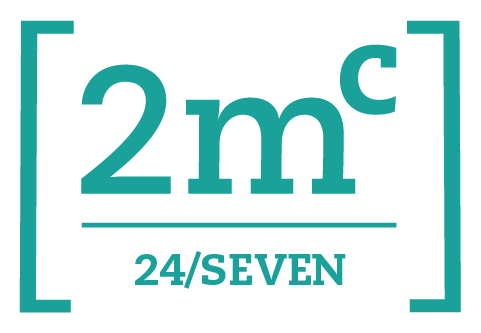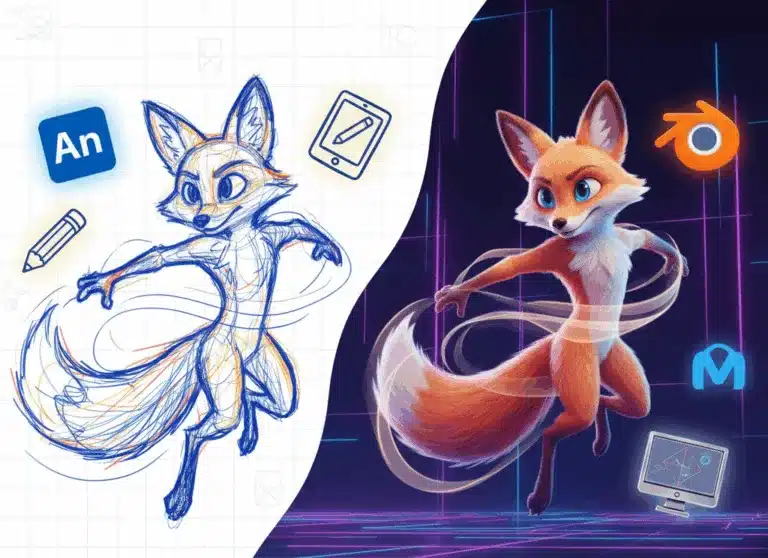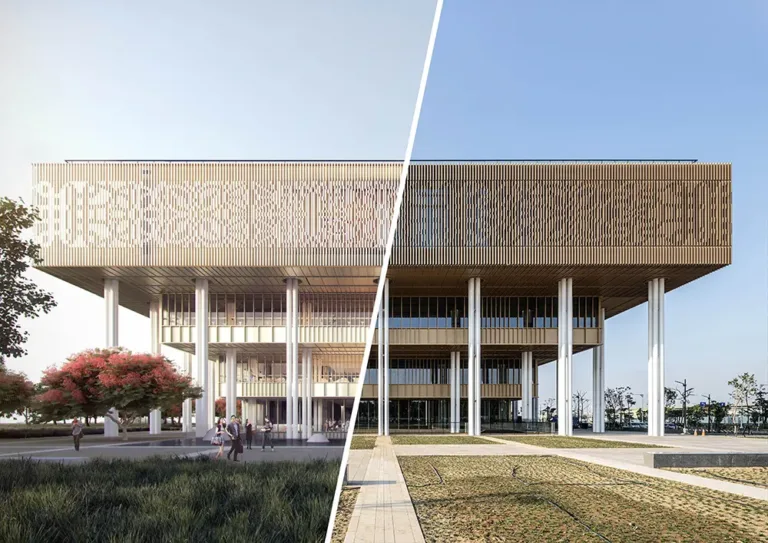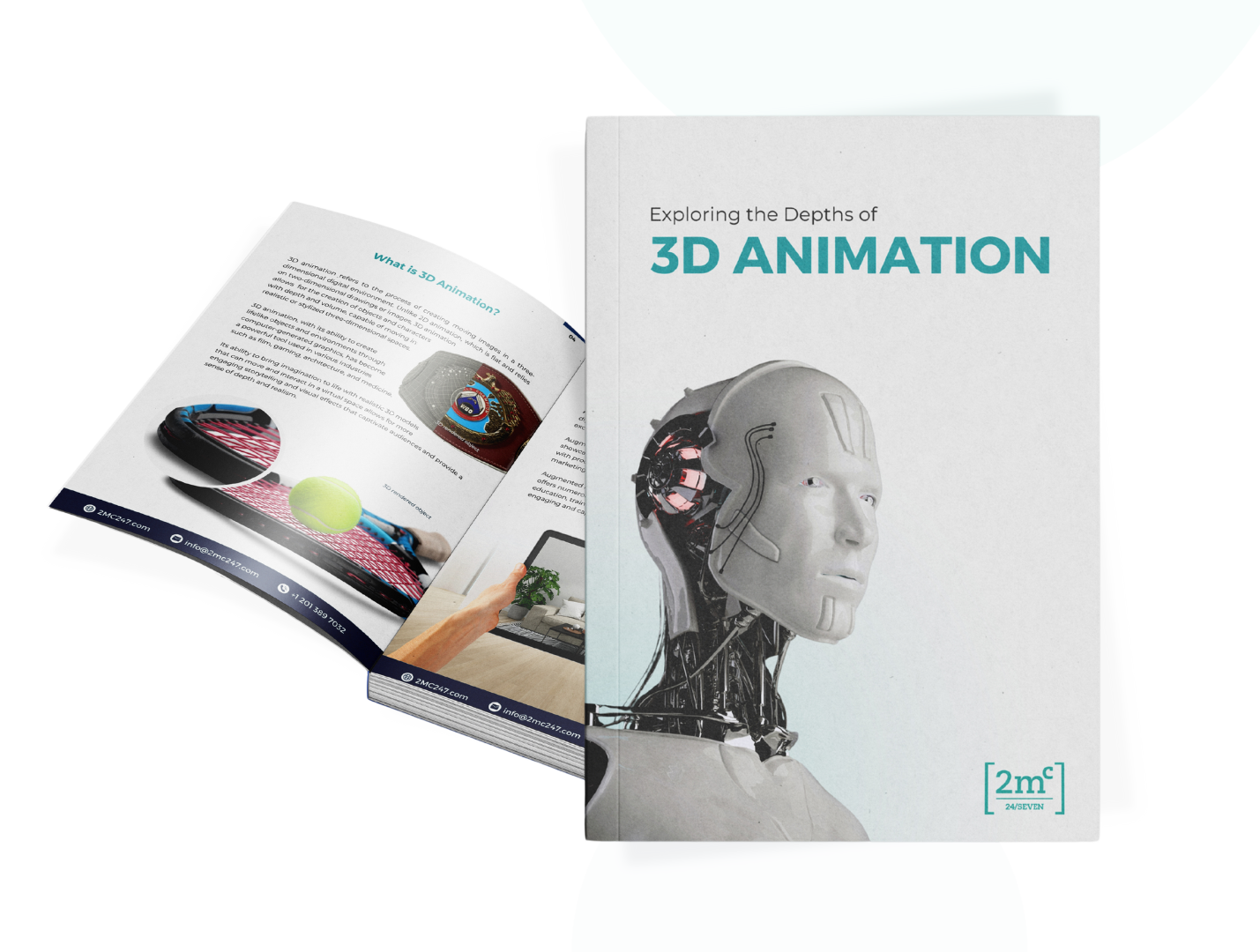3D rendering is a core component of modern 3D visualization, enabling us to transform digital models and scenes into realistic images. At 2MC 24/7, we recognize that as 3D rendering technology continues to evolve, it’s essential for professionals and creatives to stay updated on the latest 3D rendering trends and innovations. As 3D rendering continues to redefine product visualization, businesses are leveraging 3D Models and Images to present concepts more vividly. Keeping up with these changes ensures you remain competitive in the fast-moving world of 3D design and visualization.
Latest 3D Rendering Trends to Watch
As 3D rendering technology evolves, staying up to date with current 3D rendering trends is crucial for professionals in architecture, product design, gaming, animation, and more. These advancements are reshaping how we produce high-quality, photorealistic images and immersive experiences. Let’s explore some of the most exciting and impactful trends in 3D visualization today.
1. Hybrid Rendering
Hybrid rendering combines the processing power of both the CPU (central processing unit) and GPU (graphics processing unit) to render 3D images. Think of it as the hybrid vehicle of the rendering world in leveraging the strengths of both processors.
While CPUs excel at sequential processing, GPUs handle multiple tasks simultaneously, making them ideal for complex visual tasks like rendering lighting, textures, and shadows. Although CPUs offer precision, GPUs speed up rendering, especially for high-resolution scenes.
Hybrid rendering offers the best of both worlds: high performance and quality, making it a top trend in professional 3D rendering workflows.

Examples of Hybrid Rendering Software:
2. Mobile and Cloud Rendering
Mobile rendering utilizes the processing capabilities of smartphones and tablets to generate immersive 3D visuals, enabling artists and designers to work directly from mobile devices.
Cloud rendering, on the other hand, offloads rendering tasks to powerful remote servers which eliminates the need for expensive hardware. Platforms like online render farms let you access high-performance infrastructure on demand, reducing software maintenance and energy costs.
These technologies allow greater flexibility for 3D artists, remote teams, and freelancers, making high-quality rendering accessible from anywhere in the world.
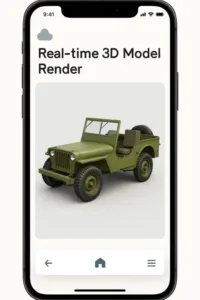
Examples of Cloud Rendering Service Providers:
3. Real-Time Rendering
Real-time rendering generates 3D visuals instantly, allowing users to interact with and modify scenes in real time. This approach significantly improves design iteration, collaboration, and overall workflow.
Engines like Unreal Engine and Unity have revolutionized industries such as architecture, gaming, virtual reality (VR), and product visualization, making real-time rendering a key player in interactive design.
Though real-time rendering demands robust hardware, ongoing improvements in GPU technology are making it more accessible.
Real World Examples of Real-Time Rendering:
➤ Rebirth – Quixel & Unreal Engine
Rebirth is a cinematic short created by Quixel using Unreal Engine and real-world scans from the Megascans Icelandic collection. A team from VFX, gaming, and ArchViz backgrounds collaborated to produce a film that poses existential questions about the future of humanity and machines, which are all rendered entirely in real-time.
Highlights:
- Hyper-realistic Icelandic landscapes
- Real-world photogrammetry assets
- Real-time rendering using Unreal Engine 4
Industries Impacted:
- Film & VFX
- ArchViz
- Environment design
➤ Lumen in the Land of Nanite (Unreal Engine 5 Tech Demo)
This official demo by Epic Games introduces two of Unreal Engine 5’s revolutionary features: Nanite (virtualized geometry) and Lumen (real-time global illumination). It demonstrates cinematic-quality assets rendered seamlessly in real-time.
Highlights:
- No baking or LODs required
- Millions of triangles rendered live
- Dynamic light adaptation
Industries Impacted:
- Gaming
- Animation
- Interactive storytelling
4. AI-Powered Rendering
AI-powered 3D rendering uses machine learning algorithms to automate complex rendering processes and produce lifelike visuals at incredible speeds. Artificial intelligence enhances photorealism by optimizing light behavior, reflections, and surface details.
Modern AI tools can generate hyper-realistic images based on preset parameters, significantly cutting down rendering time while maintaining high quality. As AI in 3D rendering continues to evolve, expect even smarter, faster, and more predictive rendering solutions in the near future.
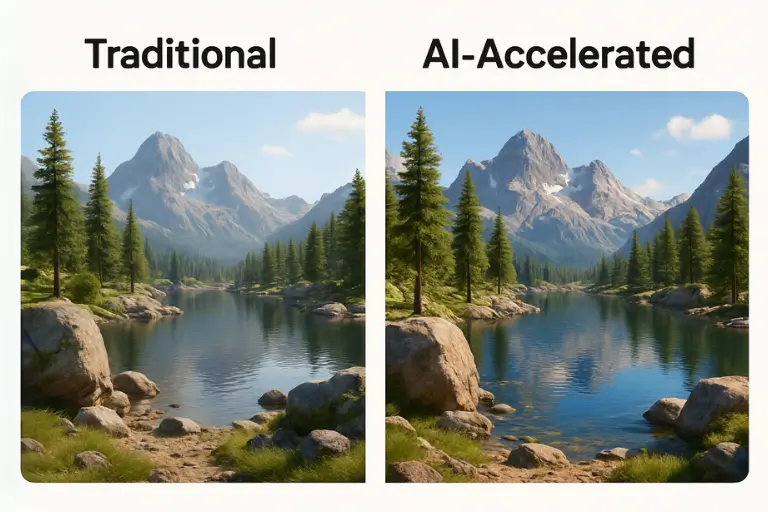
Examples of AI-powered Rendering Softwares:
5. Ray Tracing for Hyper-Realism
Ray tracing is a rendering technique that mimics the physical behavior of light to achieve ultra-realistic images. It accurately renders shadows, reflections, and light refractions, providing a level of detail essential for photorealistic rendering.
Widely used in video games, visual effects, and architectural visualization, ray tracing delivers a higher level of immersion, making it one of the most sought-after features in rendering engines today.

Examples of software that can help with ray tracing:
- NVIDIA OptiX
- Chaos V-Ray
- In game engines like Unreal Engine combined with hardware like NVIDIA’s RTX GPUs.
6. Sustainable Design and Green Rendering
As the world shifts toward eco-conscious practices, sustainable 3D rendering is gaining traction. Traditional rendering consumes large amounts of energy due to high computational demands. However, innovations like cloud rendering and mobile rendering help reduce the carbon footprint.
In fields like sustainable architecture, 3D rendering supports the design of environmentally responsible buildings. Cloud services are also moving toward using renewable energy, further reinforcing the movement toward green rendering practices.
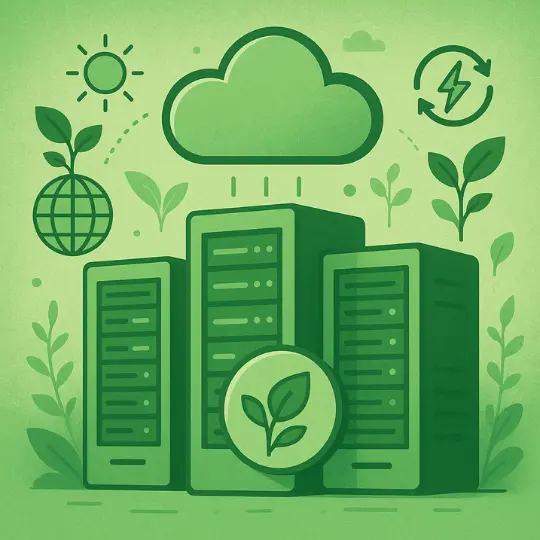
Examples of Sustainable Design and Green Rendering:
➤ Chaos Cloud + Renewable Energy Initiatives
Chaos Group (creator of V-Ray) offers Chaos Cloud Rendering, a service that allows studios to render scenes on the cloud. The company is moving toward powering their render farms with renewable energy, reducing the carbon footprint of heavy rendering jobs.
➤ Architecture Firms Using Sustainable 3D Workflows
Firms like BIG (Bjarke Ingels Group) and ZGF Architects use 3D rendering to model energy-efficient buildings. By simulating daylight, airflow, and thermal performance using environmental simulation plugins, architects make data-driven decisions that reduce waste in construction and operation.
Looking Ahead
Driven by client demand and market competition, the field of 3D rendering is advancing rapidly. Whether it’s speed, realism, or sustainability, the industry continues to innovate with smarter and more efficient techniques.
At 2MC 24/7, we encourage 3D artists, designers, and studios to keep pace with the latest 3D rendering trends. Embrace these innovations and maintain your edge in the ever-evolving world of digital visualization.
Curious how these trends look in practice? Browse our Samples or check Pricing to get started.
